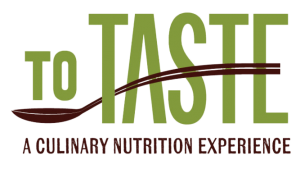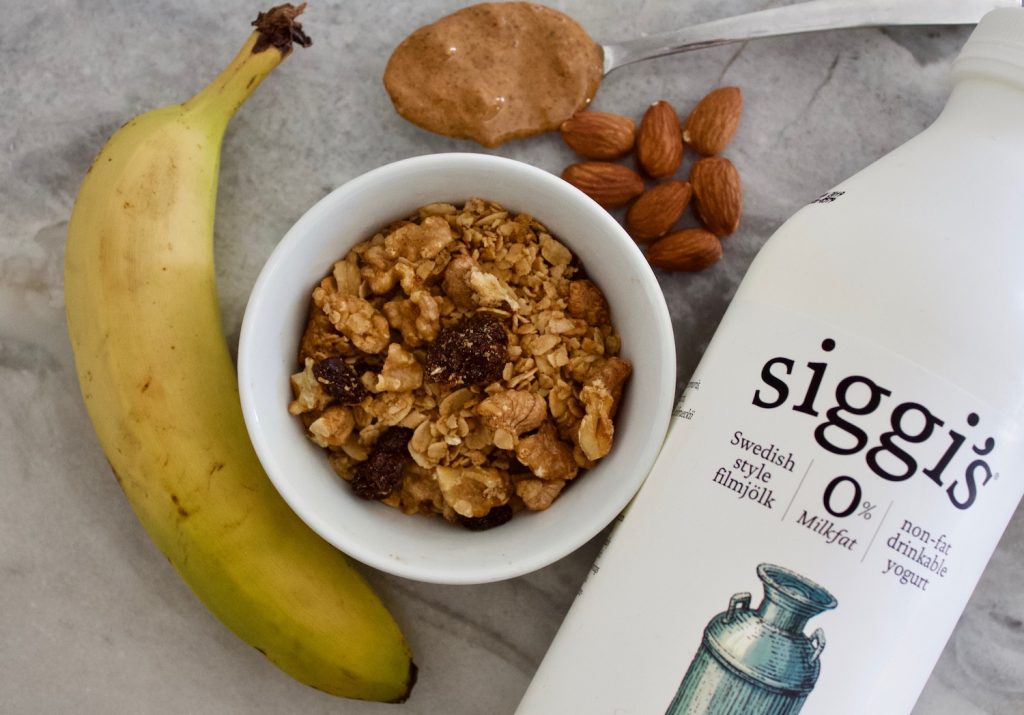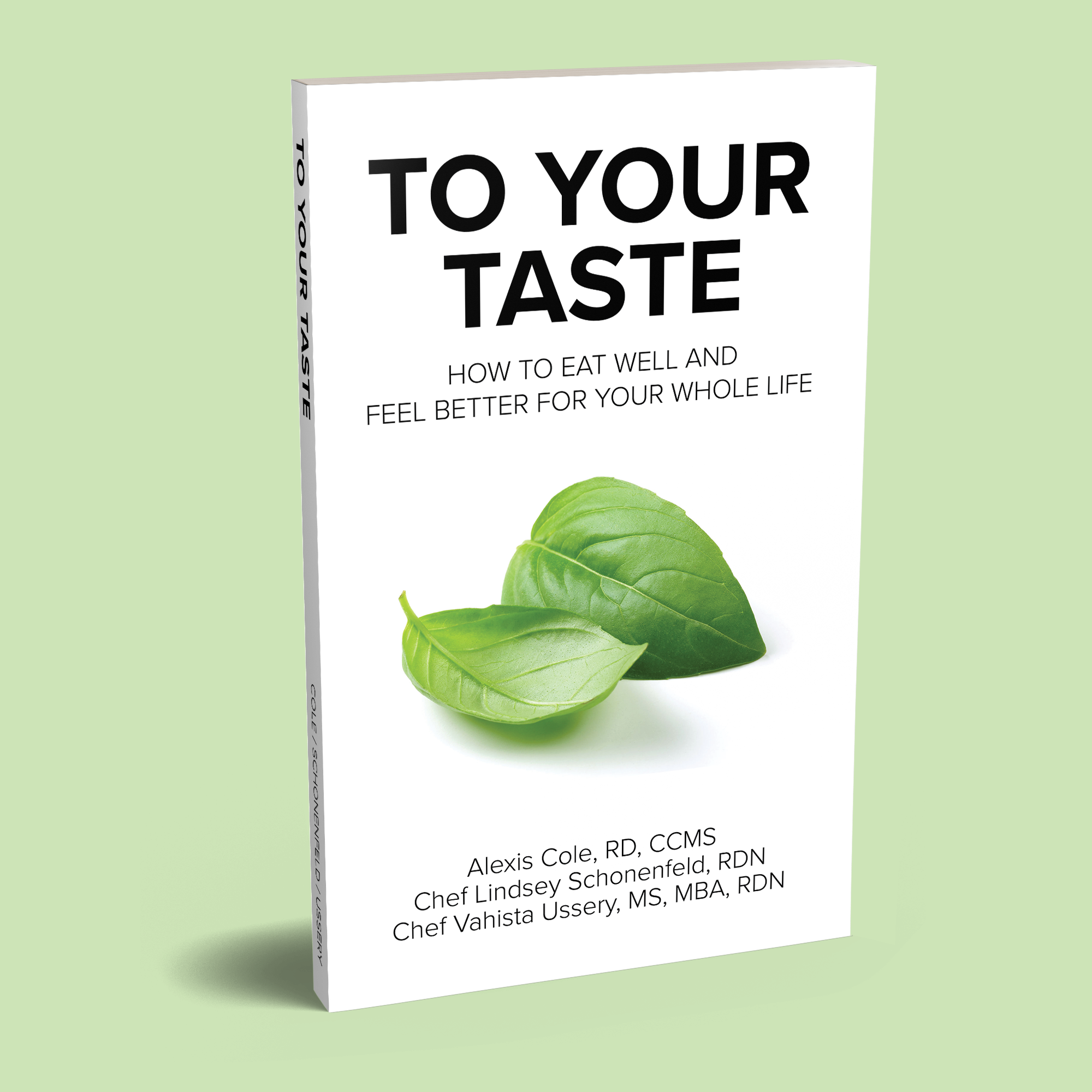We’re Glad You’re Here!
Please note that we are currently in the process of updating our articles so that you have the best user experience possible. While you are welcome and invited to read this old article, know that we are working on providing up-to-date resources and citations where appropriate. In the meantime, feel free to check out our latest re-vamped articles:
Food as Medicine: How Diet can Prevent and Manage Disease
Cook through COVID-19: 5 Kitchen Strategies for your Health!
Healthy Grocery Shopping: 5 Strategies to Build a Healthy Cart
Healthy Pantry Staples and Fridge Essentials
Goodbye Recipe Obsession: Learn to Cook without Recipes
Happy reading!
Oh this country; one minute people are questioning dairy entirely searching for milk alternatives, and the next minute are back to dairy, but pushing full fat products. So is full fat dairy better than fat-free or low-fat? Recent research has shown that full fat dairy might help prevent type 2 diabetes and lower the risk of becoming overweight or obese. Additionally, earlier research has shown consuming full fat dairy might lower the risk of abdominal fat in men and decrease triglyceride levels, both outcomes that lower chances of heart disease. Confusing right? Full fat dairy is high in saturated fat, which we have been told to reduce as it raises our LDL (“the bad”) cholesterol levels. Fat however does help with satiety, which prevents people from overeating and can aid in weight control. What these studies can’t truly conclude is that consuming full fat dairy is entirely to credit for these health benefits. What else are the people in these studies eating in their overall diets? Do they limit saturated fat elsewhere? What about their overall calorie intake? Lot’s of unknowns for sure. Based on this research, I still do not think we should come out and say everyone should consume full fat dairy. I don’t think there is a one size fits all recommendation. To decide what is right for you, you have to look at your overall diet and evaluate:
- How much dairy you are consuming
- If you need to limit calories
- How much saturated fat you eat; remember meats especially red (beef, pork, lamb) are high in saturated fat.
You might easily be able to fit full fat dairy into your diet even with the higher calories and saturated fat levels, or you might be the opposite and realize the fat free or low fat dairy options might be the better choice. I buy a variety of dairy fat levels. I buy skim milk and fat free or low fat yogurt, full fat cheese, and full fat butter and cream. I limit my use of butter and cream, but definitely love the flavors and creaminess they bring to certain dishes. I have heard some arguments about how unnatural skim milk is, but I can not find enough research to convince me skim milk is evil. In all reality, a cow gives whole milk that has two components, nonfat milk and cream. Left to settle, the cream will naturally rise to the top. If you skim the top, you are left with the ”skimmed milk.” I understand with mass production, things have changed and we now have manufacturers that do more than this natural process, but the concept of skim or low-fat milk is not something new; it’s been around since the discovery of milking a cow! So back to the fat debate, we need to remember not to focus on one nutrient/food group, but to look at the bigger picture, and consider our own individual overall diets. Our country tends to learn towards extremes, and with nutrition, that never seems to work out in the long run!
To YOUR Taste!
Chef V










